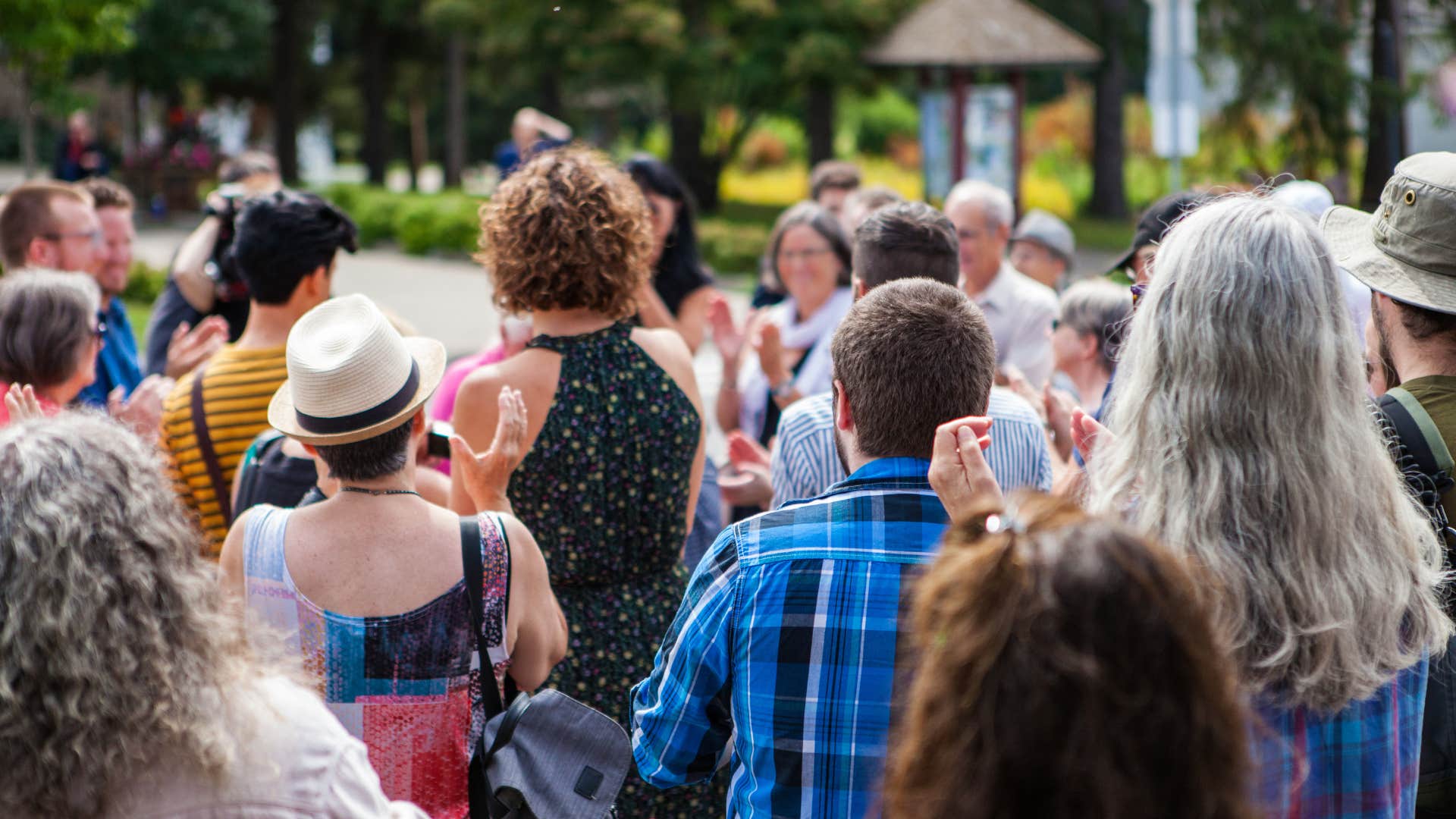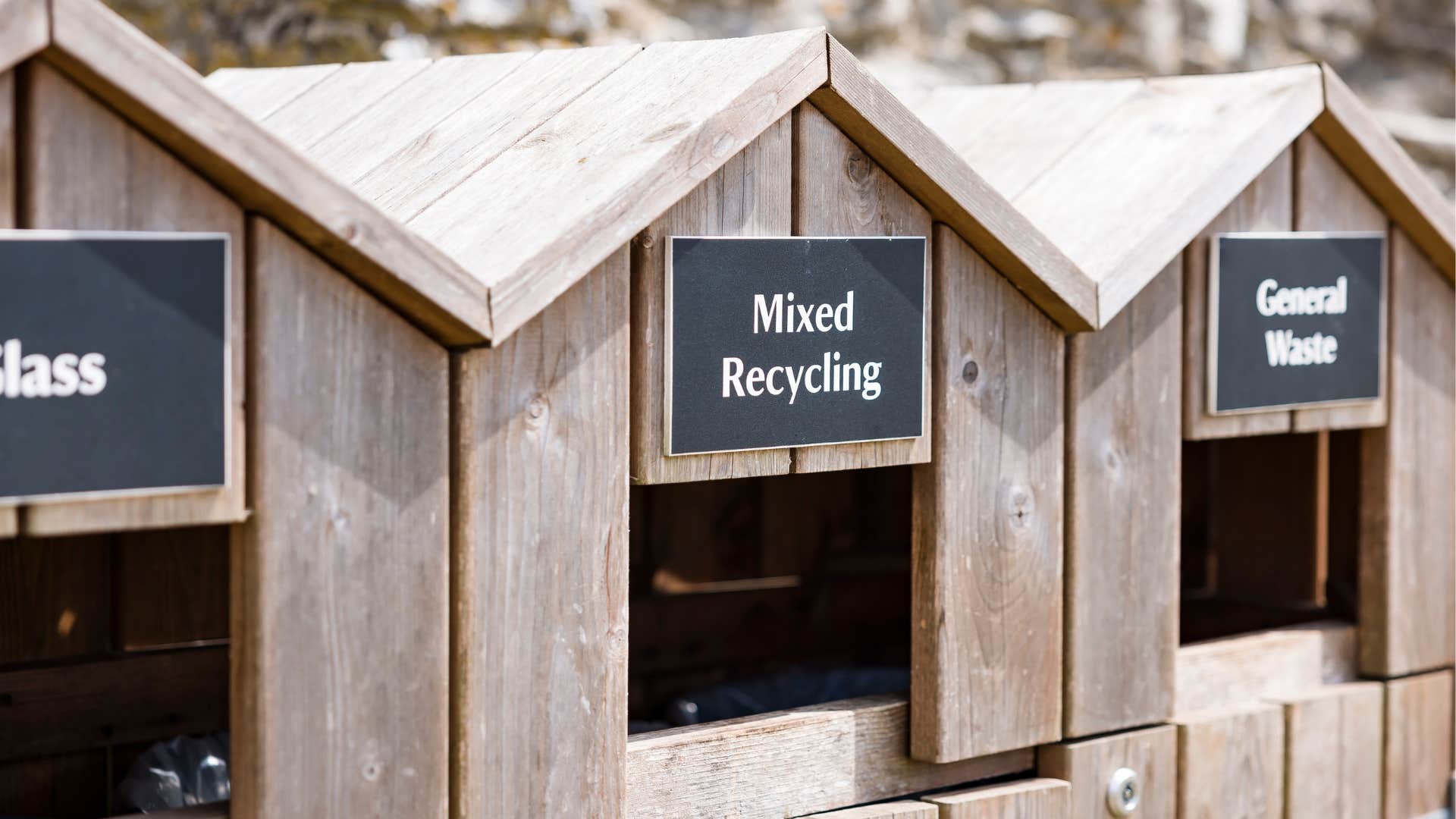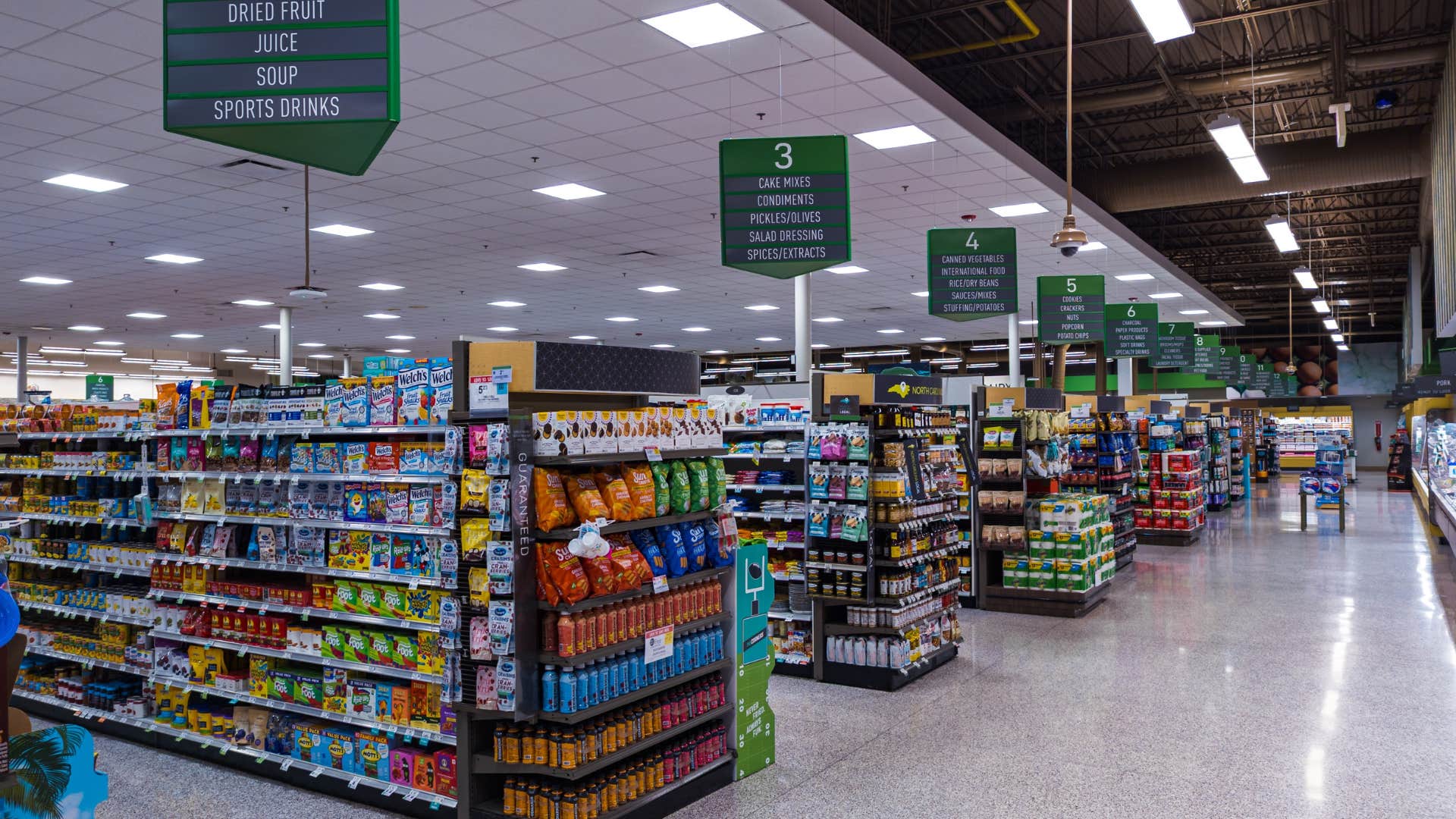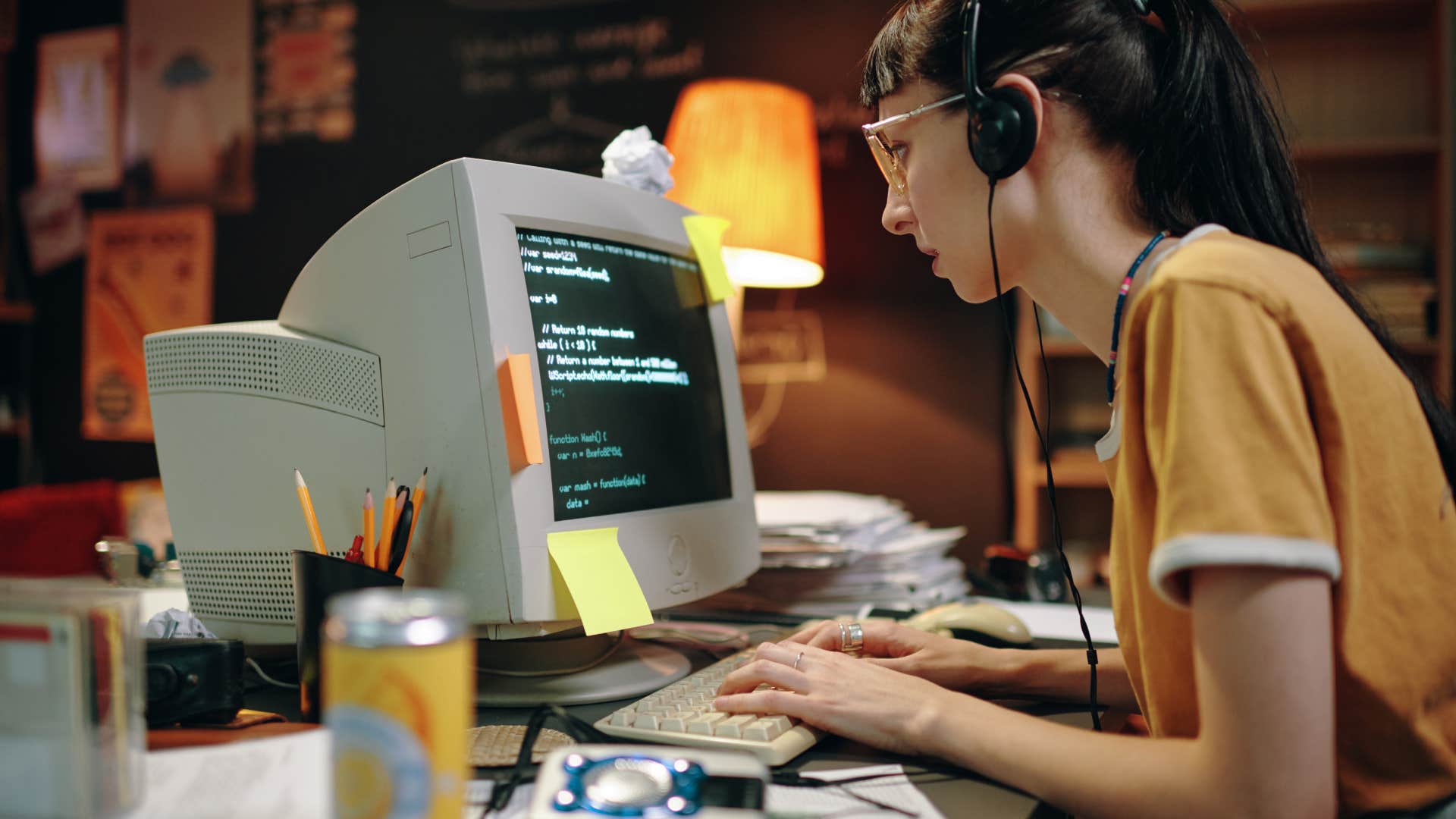11 Things About The ‘Good Old Days’ That Were Actually Not Great For People Who Were Really There
The 'good old days' weren't necessarily as great as many people would like to think.
 shurkin_son / Shutterstock
shurkin_son / Shutterstock It is safe to say that new generations and eras come with their own set of challenges and advantages. Some people think back to past historical time periods and believe that those were actually the ‘good old days,' but there are plenty of things about those times that were actually not great for people who were there.
While the modern world comes with its own complex circumstances, the significant progress we've made as a society on technological, social, and economic levels means life is now far easier for many people in numerous ways we often overlook because we've never known anything else.
These are 11 things about the ‘good old days’ that were actually not great for people who were really there
1. Limited communication
 Stokkete / Shutterstock
Stokkete / Shutterstock
While the ‘good old days’ had their positives, they also had their negatives, and limited communication was a particularly difficult aspect of the relatively recent past. Not only was this due to a lack of technology, but even the cell phones people did have access to when they first came out were expensive, so not everyone could afford one.
Even if you did have a cell phone once they arrived on the scene, calls and messages happened at a much slower rate than they do with the phones we have now. If someone really needed to communicate with another person, they’d need to travel to that person, and how far away they were would determine how expensive the trip would be. Nowadays, communication is convenient, and even people who are miles away from us are right at our fingertips.
2. Fewer entertainment options
 Valmedia / Shutterstock
Valmedia / Shutterstock
While the ‘good old days’ had their fill of entertainment options, there weren't nearly as many entertainment options as fill the lives of people in today’s world. Most of the entertainment was community-based. People would have to make time for entertainment, which was usually live performances or community gatherings.
In today’s digital world, entertainment is available on demand and highly accessible to anyone with internet access. People do not typically have to set a lot of time and money aside to engage in some form of entertainment, whereas in the ‘good old days, ’ people had to be much more mindful of their schedules and their wallets.
3. Difficult travel options
 Mariia Boiko / Shutterstock
Mariia Boiko / Shutterstock
In the ‘good old days,’ transportation wasn't nearly as accessible or advanced as it is now, therefore making travel difficult. Depending on the kind of transportation, this could also put individuals at greater risk.
In past eras, transportation wasn't as advanced as it is now, just as in the future, transportation will be more advanced than what we have now. Back in the day, it was much more of a hazard to travel by car. Airlines were also much more expensive than they are now. Lower-cost airlines, safety innovations, and accessible navigation systems have made traveling not only less costly but also significantly easier than it was for past generations.
4. Lower quality goods
 monticello / Shutterstock
monticello / Shutterstock
The ‘good old days’ still featured high-quality goods, but they were produced at a slower and more limited pace. The price of these goods was also very high, making it difficult for them to be accessible to most people.
Today, high-quality goods are produced in bulk and tend to be much cheaper than they once were, making it easier for more people to afford to have them. This is mainly due to technological advancements that now make processes like the production of goods easier and more efficient.
5. Fewer rights for women and minorities
 MyLove4Art / Shutterstock
MyLove4Art / Shutterstock
What some people consider the ‘good old days’ had their own downfalls. One of the most significant downfalls was the lack of rights for women and minorities.
In modern times, we have made significant progress toward social and legal equality. In older eras, many women and minorities did not have the right to vote, work in important roles within the workplace, or pursue higher education. This made it very difficult for women and minorities to thrive and reach their fullest potential. Nowadays, things are much more accessible to these groups of people, and while there is still equality work to be done, there has been tremendous progress toward giving everyone equal opportunities.
6. Limited mental health support
 PeopleImages / Shutterstock
PeopleImages / Shutterstock
In the ‘good old days,’ there was a major misunderstanding regarding mental health and illness. People struggled to really grasp the severity of poor mental health, and therefore, there was not a lot of support offered to those who were struggling.
Most of society had a fear of mental illness because it was unknown and presented too many challenges. Due to this, they found it too difficult to try to be understanding of the mental troubles some people were facing. In today’s society, mental health is openly talked about, and there are several outlets that individuals can reach out to for the support and medical attention that they need.
7. Lack of environmental awareness
 Paul Maguire / Shutterstock
Paul Maguire / Shutterstock
The ‘good old days’ were a time period of little awareness and understanding about the environment. Sustainability and attempting to develop new ways of living that would contribute to a decrease in environmental issues were not prioritized during these times.
It was not necessarily that individuals did not have their concerns about the environment or did not want to make efforts toward being more environmentally aware. There wasn't nearly as much scientific understanding of the matter. In modern society, environmentalism is a mainstream concern, and institutions like the Environmental Protection Agency (EPA) help disseminate information about the environment, making it easier to become more aware.
8. Lack of preventative care
 PeopleImages / Shutterstock
PeopleImages / Shutterstock
In time periods that some would consider the ‘good old days,’ there was typically more limited preventative care than we have in today’s world. This was likely due to a lack of sophisticated medical understanding and knowledge.
Obviously, with more time, there is more opportunity to develop a deeper understanding of more complex issues, like medical diseases or treatments. Some treatments in past centuries were not the most reliable solutions to various medical issues, causing people to be wary of doctors and medical examinations. Nowadays, people typically have more confidence in public health systems and the professional opinions of their healthcare providers when it comes to illnesses and other health concerns.
9. Dangerous jobs
 ESB Professional / Shutterstock
ESB Professional / Shutterstock
Depending on what someone considers the ‘good old days,’ many people from this particular time period may have experienced what it was like to work in very dangerous work environments. There were not always safety regulations and worker rights like there are now.
Some people had to work in unforgiving conditions, especially before the Job Safety Law of 1970, which aimed to give the Federal Government the right to enforce safety and health regulations for workers in the United States. Now, many people don't even know what it's like to work in an environment that is extremely hazardous to their health.
10. Less food variety
 PJ McDonnell / Shutterstock
PJ McDonnell / Shutterstock
Back in the ‘good old days,’ people didn't get to relish in the abundance of food variety like we do now. This is likely due to the lack of access to global food and a focus on local and seasonal produce.
Nowadays, we have a greater focus on processed and convenient food options. The rise of fast food chains and the downfall of at-home cooking have contributed greatly to the increase in food variety we now experience.
11. Inconvenient technology
 Pressmaster / Shutterstock
Pressmaster / Shutterstock
The ‘good old days’ experienced their own kind of technological advancements; however, compared to what we now have, this technology was extremely inconvenient. Most technology during these times had limited portability, was more expensive, and was not nearly as fast as our current technology.
Modern technology is, of course, far more advanced. It works and processes things much faster, is mostly all wireless, and less high-end technology is actually affordable for many individuals. While the ‘good old days’ have their downfalls, they also have their positives, just like every other period of time does.
Kamryn Idol is a writer with a bachelor's degree in media and journalism who covers lifestyle, relationship, family, and wellness topics.

